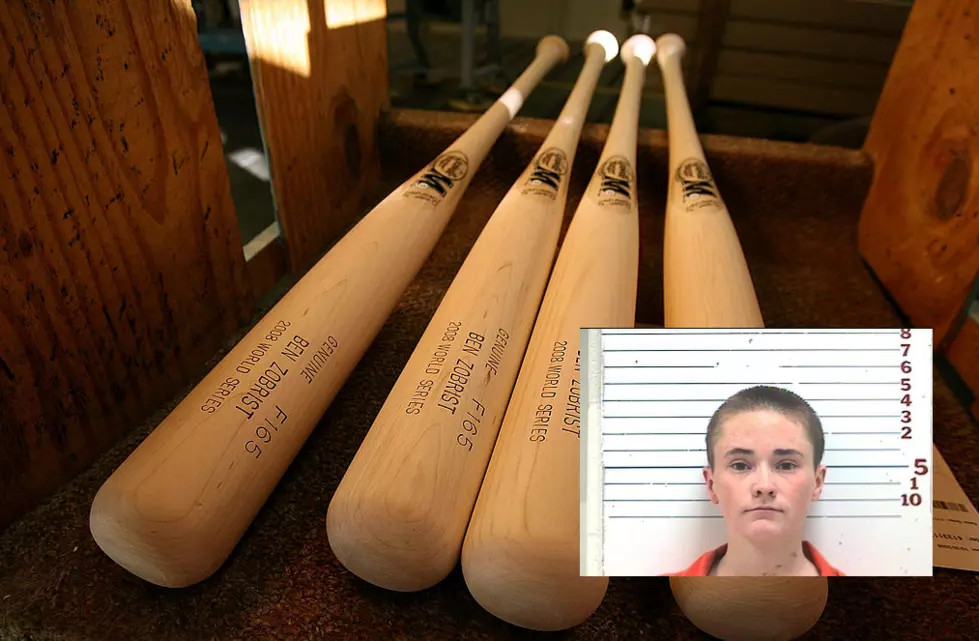
Short Attention Span Theater – It’s In The Cards
Seymour Perry Berger passed away Sunday at the age of 91, at his home in Rockville Center, NY. You may not recognize the name Sy Berger, but if you were a boy that grew up in the 50s, 60s, 70s, 80s or even the 90s, Sy Berger affected your life.
Sy Berger wasn't a famous scientist or teacher, but he affected the way we looked at math. He wasn't a famous athlete, but he effected the way we all looked at America's Past-time. Sy Berger wasn't a world leader, but he brought us all together. He wasn't an inventor, but he brought a product that had been around since the late 19th century and put it in every young man's back pocket and shoe box. Sy Berger even effected the way your bicycle sounded.
What Sy Berger was, was the father of the modern-day baseball trading card, which has seen its way into almost every young man's hands for the past 60 years. He, transformed a boys’ hobby into a high-stakes pop culture niche as a way of life and even a business for some.
Baseball cards date to the 19th century, but for Mr. Berger, the decade after World War II was the perfect time to revitalize them. The Yankees, the Brooklyn Dodgers and the New York Giants dominated baseball, providing a fertile marketing climate aimed at youngsters in the New York metropolitan area who had been born in the immediate postwar years. And throughout the United States, the arrival of television made it possible for youngsters to watch their baseball heroes in action.
In 1951, Berger introduced Topps, a Brooklyn based company that would become synonymous with trading cards. Whether it was "flipping" (heads or tails), "pitching" (tossing to be closest to the wall), trading or simply collecting in a shoe box, we all couldn't wait to peal open that waxy paper, chew on that stale stick of bubble game and see with our friends "who we got." Many a Nolan Ryan rookie card or 1972 Tommy Agee met its untimely demise in the spokes of neighborhood bicycles to give them that "special sound."
Berger's product wasn't new by any stretch. The baseball card had been around since before the turn of the century. When Topps was first introduced, it came with a taffy stick instead of the bubble gum we came to know. Problem was, the taffy tended to pick up the flavor of the varnish used on the cards. Of course, the varnish may have been an improvement to the taste of the gum. A year later, Topps not only switched to gum, but Berger conceived the prototype for the modern baseball card, supplanting the unimaginative, smallish and often black-and-white offerings of the existing card companies. Topps introduced the first color trading card in 1952. And on the back of the card, they also included, for the first time, team logos and stat lines from not only the previous season, but for a player's career. The cards also featured facsimiles of the players’ autographs below their images, another innovation.
Originally, Berger personally negotiated contracts with individual players, usually around $125 per player, per season, to pose for Topps photographers. In 1968, the players’ union reached an agreement with Topps to receive a percentage of its revenue, to be distributed among its members. The percentage of the fees collected from Topps by the fledgling MLPA allowed the union to expand, which led to its struggle for players rights and eventually the modern day free agent system.
Designing cards as the creative director for Topps, Berger would use photos the players had posed for during spring training, except for the 1953 set, with its images derived from oil paintings. When the boys of the 1950s reached adulthood, nostalgia merged with speculation to make baseball cards a commodity, bought and sold for prices inconceivable in their youth. Mickey Mantle’s 1952 Topps card was selling for about $3,000 in the early 1980s. By the early 90's, a Topps Nolan Ryan rookie card (card #177 also featuring Jerry Koosman) was selling for $1365.00.
Most of the early Topps cards were presumably thrown out by mothers cleaning their sons’ closets, were washed in the back pocket of jeans or died unceremonious deaths between the spokes of bicycles. Sy Berger personally dumped dozens of cases of unsold 1952 cards into the Atlantic Ocean. The cards scarcity caused their value to soar. But by the 90's, Topps and its latter-day competitors were selling millions of baseball cards annually leading to the pricing boom of the late 1980s and early ’90s.
Mr. Berger retired as a Topps vice president in 1997, becoming a consultant to the company. Sy Berger touched my life in a way that I am sure that he couldn't have even imagined.
In September of 1992, I was without health insurance for myself, my wife and a daughter who was on the way. At the time, deep in worry as to how I could afford to pay for the pending arrival, I was presented with a familiar looking box by my mother. Apparently not all the worthless pieces of 3 1/2" x 2 1/2" cardboard had met their fate in the wheels of my and my younger brother's bike. I was able to compile full sets of cards from 1967, 1968 and 1970 as well as countless other cards from the 60's and 70's. These included 8 spare Ryan/Koosman rookie cards. The sale of part of this collection allowed me to pay for the arrival of my first child. Without Sy Berger's innovation, I would not have been able to afford the best moment of my life.
The sale also allowed me to buy a special, mint set of 1992 cards, for the year of Danielle's birth, which still resides in a sealed notebook in my home to this day. Also included with this set is Card #137 in the Topps 2004 series “All-Time Fan Favorites.” There, in a jacket, wearing a white shirt and blue tie, is a beaming Sy Berger, with his autograph to match. A perfect tribute to a man who touched the lives of generations of young men (and women too) without even knowing.
Thank you Sy Berger, from some one who never knew your name, but will never forget your contributions.
More From KZCD-FM




![This One’s For Harry [VIDEO]](http://townsquare.media/site/115/files/2016/11/Wrigley.jpg?w=980&q=75)
![Major League Baseball Plays of the Year – The Finals! [VIDEO]](http://townsquare.media/site/115/files/2015/10/Mike-Trout1.jpg?w=980&q=75)
![Major League Baseball Plays of the Year – Playoffs Round 2 [VIDEO]](http://townsquare.media/site/115/files/2015/10/Josh_Donaldson.png?w=980&q=75)
![Major League Baseball Plays of the Week – Week 26 [VIDEO]](http://townsquare.media/site/115/files/2015/10/Mike-Trout.jpg?w=980&q=75)
![Major League Baseball Plays of the Week – Week 24 [VIDEO]](http://townsquare.media/site/115/files/2015/09/Delino-DeShields-Jr..jpg?w=980&q=75)

